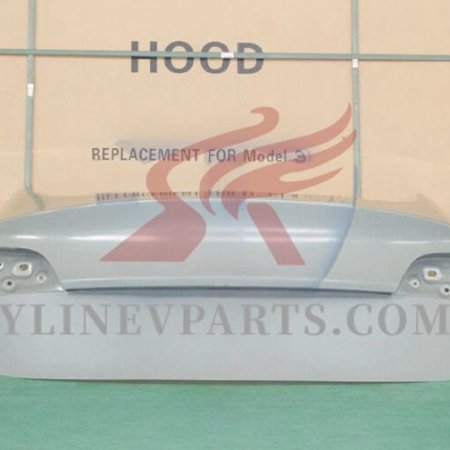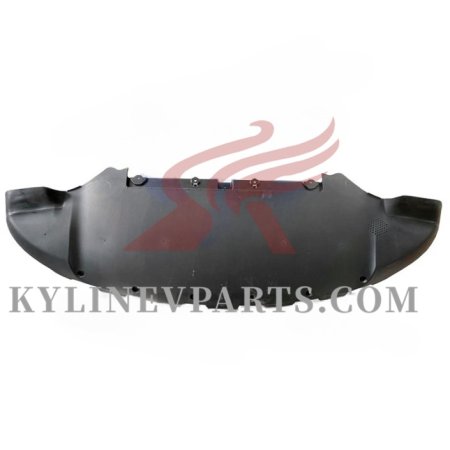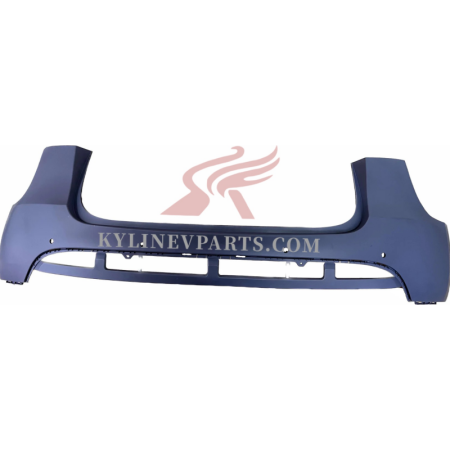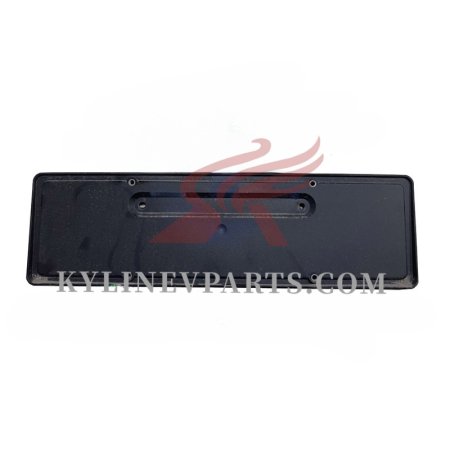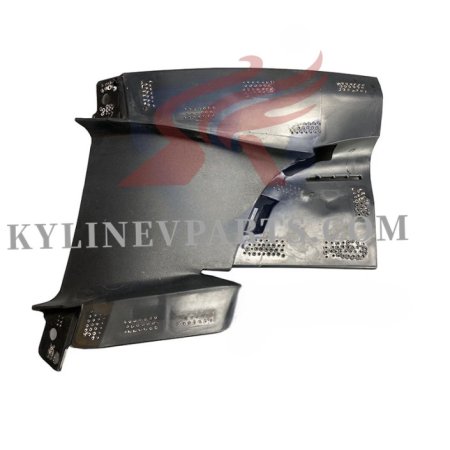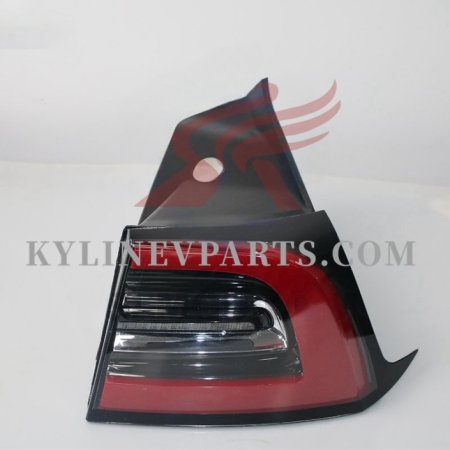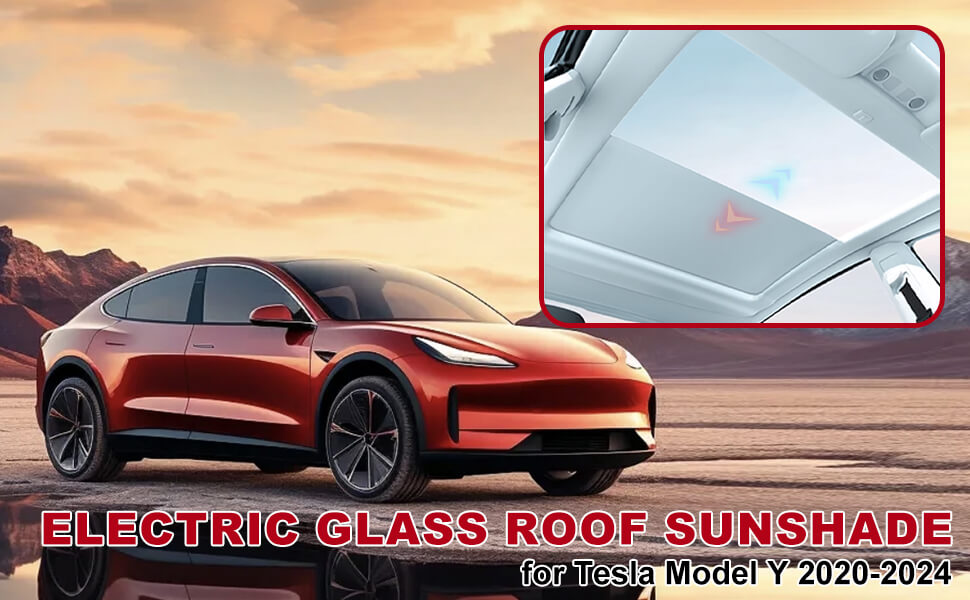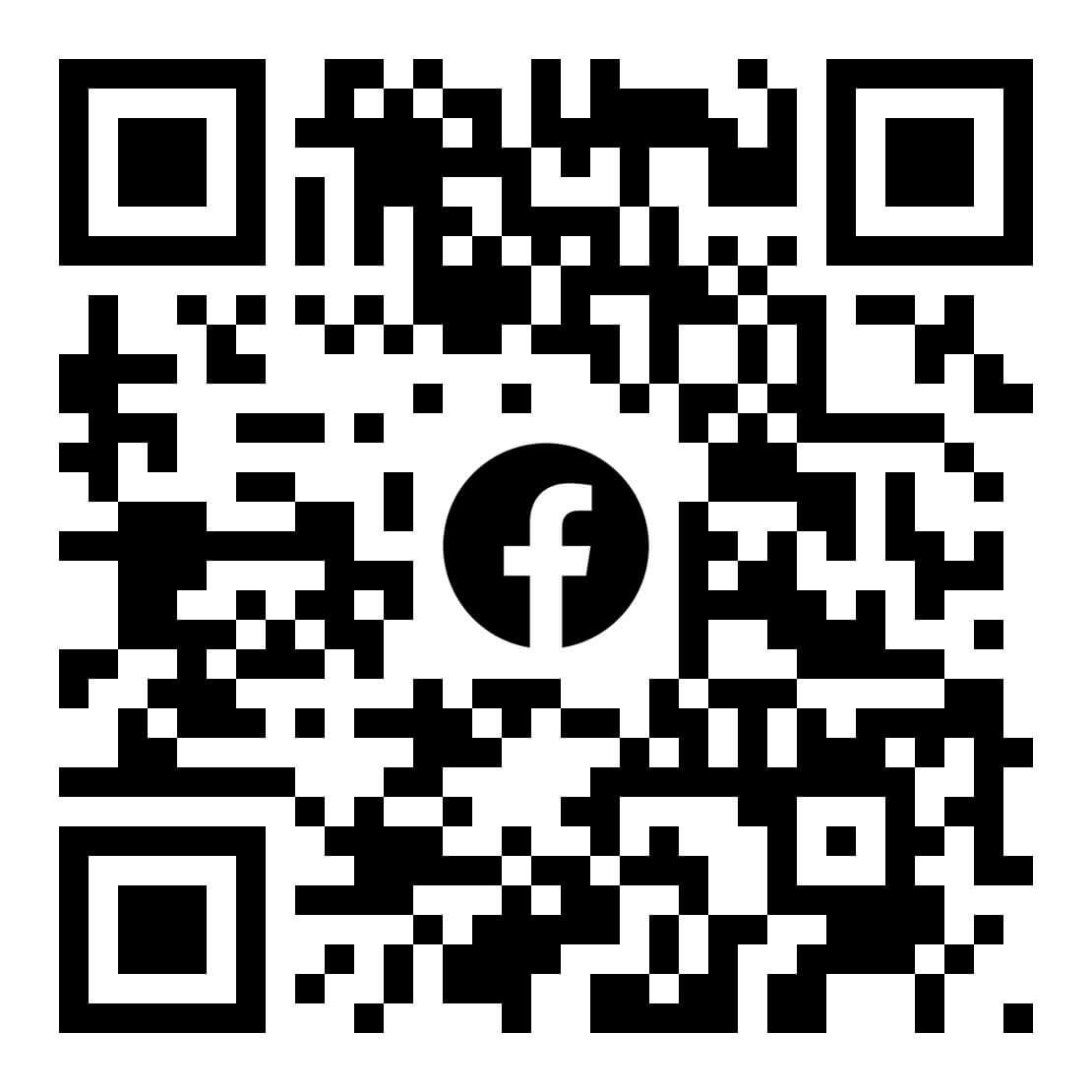Introduction
From Passion to Profit: Navigating the Transition from Hobbyist to Tesla Accessories Wholesale Business
As the Tesla revolution accelerates, so does the fervor among enthusiasts for high-quality, innovative accessories. What started as a simple hobby—tinkering with your Tesla to enhance its performance and style—can evolve into a lucrative business venture. If you’re currently dabbling in selling Tesla accessories on a modest scale and dreaming of scaling up, this guide is tailored just for you.
Why Shift from Hobbyist to Tesla Accessories Wholesale?
Making the leap from a small-scale hobbyist operation to a full-fledged wholesale business isn’t just about upping your inventory. It’s about transforming your approach, deepening your market understanding, and executing strategic planning. The wholesale model offers compelling advantages:
Enhanced Profit Margins: By purchasing accessories in bulk and selling to other businesses or retailers, you can significantly increase your profit margins. This approach leverages volume-based pricing to maximize profitability.
Scalability: Wholesale operations allow you to expand your reach and scale your business efficiently. With increased capacity, you can tap into broader markets and cater to a larger audience.
Broadened Market Reach: Engaging in wholesale opens doors to various sales channels, including B2B platforms and major retail partnerships. It’s a gateway to greater market exposure and business growth.
What This Guide Will Cover
Embarking on this transition requires a clear roadmap. This guide delves into every critical aspect necessary for a smooth shift from a hobbyist to a wholesale business owner:
Understanding the Tesla Accessory Market: Gain insights into the latest market trends, consumer behavior, and competitive landscape. This section will equip you with the knowledge needed to navigate the market effectively.
Assessing Your Current Position: Take stock of your existing operations. We’ll help you identify gaps and areas for improvement to prepare you for scaling up.
Developing a Business Plan: Learn how to craft a comprehensive business plan that encompasses financial planning, market strategies, and operational considerations.
Legal and Administrative Considerations: Navigate the legalities of starting and running a wholesale business, including registration, licenses, and tax obligations.
Embark on Your Wholesale Journey
Before diving into the nitty-gritty details, it’s crucial to understand the broader landscape. Familiarize yourself with the Tesla accessory market and evaluate your current setup to lay a strong foundation for the transition.
This guide will arm you with practical insights and actionable strategies to transform your passion for Tesla accessories into a thriving wholesale business. Whether you’re looking to expand your current operations or start anew, we’ve got you covered.
Ready to turn your passion into profit? Dive into the subsequent sections to discover how to make a successful transition and achieve your business aspirations.
Understanding the Tesla Accessory Market
Navigating the Landscape of Tesla Accessories
Embarking on the journey from a hobbyist to a wholesale business in the Tesla accessory market requires a deep dive into the landscape that drives this dynamic industry. This section sheds light on the market trends, consumer preferences, and competitive terrain that will shape your business strategy.
Market Trends and Growth
The Tesla accessory market is burgeoning, propelled by the rising tide of Tesla vehicle ownership. As the fleet of Teslas grows, so does the appetite for accessories that elevate both form and function. The trajectory for Tesla vehicles is sharply upward, indicating a robust market for related accessories.
Emerging Trends:
Sustainability: Modern consumers are increasingly driven by environmental considerations. Accessories made from sustainable materials are not just a trend but a growing demand. Aligning your product range with eco-friendly options could set you apart.
Customization: The desire for personalization remains strong. Tesla owners are seeking accessories that allow them to express their individuality. From custom wraps to bespoke interior trims, the market is ripe for unique, personalized offerings.
Technology Integration: With Tesla at the forefront of automotive innovation, there’s a surge in interest in accessories that complement Tesla’s advanced technology. Products that integrate with Tesla’s software and hardware are gaining traction.
Consumer Preferences
Understanding consumer behavior is pivotal for tailoring your product offerings. Insights into what Tesla owners seek can guide your inventory and marketing strategies:
Top-Selling Accessories:
Interior Enhancements: The demand for items like high-quality floor mats, luxurious seat covers, and stylish interior lighting is strong. These products not only improve the look of the interior but also offer practical benefits.
Exterior Upgrades: Accessories that enhance the vehicle’s exterior, such as custom wraps and aerodynamic kits, are popular among owners wanting to make a statement.
Performance Enhancements: Upgrades like high-performance tires and enhanced brake systems appeal to those who push their Teslas to their limits, looking for improved performance and safety.
Buying Motivations:
Quality and Durability: Tesla owners value products that are durable and offer long-term value. High-quality materials and craftsmanship are key selling points.
Brand Alignment: Products from reputable brands or those that resonate with Tesla’s brand ethos are preferred. The alignment with Tesla’s premium image can drive consumer preference.
Ease of Installation: Products that are easy to install and require minimal modifications tend to be more attractive to buyers looking for hassle-free upgrades.
Competitive Analysis
To carve out a niche in the Tesla accessory market, it’s crucial to understand the competitive landscape:
Evaluate Competitor Strategies: Examine how these companies position themselves—what products they offer, their pricing strategies, and their customer engagement tactics. Analyze their online presence through their websites and social media to gauge their market positioning.
Find Your Unique Selling Proposition (USP): Pinpoint areas where you can differentiate yourself. Whether it’s through exclusive product lines, superior customer service, or competitive pricing, finding your USP will be crucial for standing out.
Resources for Further Research
Market Reports: For an in-depth understanding of market dynamics, consult comprehensive reports from sources.
Consumer Reviews: Delve into consumer reviews on platforms to gauge product popularity and gather feedback.
Building a Strategic Foundation
Grasping the nuances of market trends, consumer preferences, and competitive dynamics will lay a strong foundation for your wholesale business. By aligning your offerings with these insights and continuously adapting to industry developments, you’ll be well-positioned to seize opportunities in the growing Tesla accessory market.
Assessing Your Current Position
Evaluating Your Hobbyist Setup for Wholesale Transition
Transitioning from a passionate hobbyist to a strategic wholesale business owner requires a thorough evaluation of your current operations. This step is crucial for identifying strengths, weaknesses, and areas for growth. Here’s a detailed guide to help you assess your position and prepare for a successful transition.
Reviewing Your Current Operations
Begin by taking a close look at your existing operations. This will help you understand how your current setup aligns with wholesale requirements:
Inventory Management: How do you track your stock levels and manage orders? Are you using an efficient inventory management system?
Sales Channels: Where are you currently selling your products? Are you utilizing online platforms, local markets, or both? Analyze the effectiveness of each channel.
Customer Base: Who are your customers, and what drives their purchasing decisions? This information can provide insights into what your customers value and how you can better serve them.
Identifying Gaps and Opportunities
With a clear understanding of your current setup, you can now identify gaps and opportunities for growth:
Product Range: Assess your product offerings. Are there popular Tesla accessories missing from your inventory?
Pricing Strategy: Examine your pricing structure. Are your prices competitive? Compare your pricing with competitors and consider adjustments to maximize your profit margins. This step is vital for ensuring that your products are both attractive to buyers and profitable.
Supplier Relationships: Review your relationships with suppliers. Are you satisfied with the terms and quality of the products you receive? Explore additional suppliers through platforms and negotiate better terms to enhance your product sourcing.
Scaling Up: Key Considerations
When transitioning to wholesale, several key areas require attention:
Infrastructure: Can your current infrastructure handle increased volumes? Evaluate whether your storage and logistics solutions are adequate for scaling up. You might need to invest in improved warehousing solutions or logistics partners.
Business Systems: Assess whether your existing business systems, including CRM and accounting software, can support scaling. Implementing robust systems can help streamline your operations and improve efficiency.
Marketing and Sales Strategy: Develop a comprehensive marketing strategy to target wholesale buyers. This might include digital marketing campaigns, trade shows, or B2B marketplaces.
Setting Goals and Benchmarks
Establish clear objectives and benchmarks to guide your transition:
Define Objectives: Set specific, measurable goals for your wholesale business. These could include sales targets, market penetration goals, or operational improvements. Clear objectives will help you stay focused and track your progress.
Monitor Progress: Implement key performance indicators (KPIs) to monitor your progress. Regularly review these KPIs to ensure you are meeting your goals and adjust your strategies as needed to stay on track.
Developing a Business Plan
Crafting a Comprehensive Strategy for Your Tesla Accessories Wholesale Business
Transitioning from a hobbyist to a wholesale business owner requires more than just passion—it demands a detailed and strategic business plan. A solid business plan serves as your roadmap, outlining how you’ll run and grow your business. Let’s delve into the essential components that will help you create a robust plan tailored for wholesale Tesla accessories.
Executive Summary
The executive summary is your chance to make a strong first impression. It’s a snapshot of your business and sets the stage for the rest of the plan.
Business Concept: Summarize your business idea. What kind of Tesla accessories are you focusing on? How do you plan to stand out in the market?
Mission Statement: Define your business’s core purpose and objectives. What drives your passion for Tesla accessories? What goals do you hope to achieve?
Financial Highlights: Provide a glimpse into your financial expectations. Outline your anticipated revenue, major expenses, and funding needs.
Market Analysis
Understanding the market landscape is crucial for positioning your business effectively.
Industry Overview: Explore the Tesla accessory market’s current trends and future outlook. Look at growth projections and market dynamics.
Target Market: Identify your ideal wholesale buyers. Who are they? What are their buying patterns and needs?
Competitive Analysis: Research your competitors. What are their strengths and weaknesses? How do they market their products?
Business Operations Plan
Your operations plan outlines how your business will function daily, from logistics to customer service.
Supply Chain Management: Describe your supply chain strategy. How will you source your products?
Logistics and Distribution: Detail your warehousing and shipping processes. Will you use fulfillment services to manage logistics?
Customer Service: Develop a plan for handling customer inquiries and issues. Efficient customer service can set you apart from competitors.
Marketing and Sales Strategy
Your marketing and sales strategy will drive your business growth. It’s about attracting and retaining wholesale buyers.
Marketing Plan: Outline your marketing strategies. How will you reach potential buyers? Consider digital marketing, trade shows, and B2B outreach. Tools can support your marketing efforts.
Sales Strategy: Define your sales approach. What will your pricing model be? How will you promote your products? Explore different sales channels to maximize reach.
Branding: Create a strong brand identity. Your branding should resonate with your target market and differentiate you from competitors.
Financial Plan
A detailed financial plan is crucial for securing funding and managing your business’s financial health.
Funding Requirements: Identify how much capital you need to start and operate your business. Explore funding options for potential investors.
Revenue Projections: Provide detailed forecasts for revenue, expenses, and profits. Use financial tools to help with budgeting and forecasting.
Budgeting and Financial Controls: Develop a budget to manage costs effectively. Implement financial controls to ensure profitability.
Implementation Plan
An implementation plan outlines the steps and timeline for executing your business plan.
Action Plan: Break down your strategy into actionable steps. Set deadlines and milestones to track progress.
Performance Metrics: Establish metrics to measure success. Regularly review your performance and adjust your strategy as needed.
Legal and Administrative Considerations
Navigating the Legal and Administrative Landscape for Your Wholesale Tesla Accessory Business
Transitioning from a hobbyist to a wholesale business owner involves navigating various legal and administrative requirements. Ensuring that your business complies with all relevant laws and regulations is crucial for its success and longevity. This section provides a comprehensive overview of the essential legal and administrative considerations you need to address.
Business Structure and Registration
Choosing the right business structure is the first step in setting up your wholesale operation. Your business structure affects your liability, taxes, and how you manage your operations.
Business Structures:
Sole Proprietorship: Simple to set up but offers no personal liability protection.
Partnership: Suitable for businesses with multiple owners; liability is shared among partners.
Limited Liability Company (LLC): Offers personal liability protection and tax flexibility.
Corporation: Provides strong liability protection and is suited for larger businesses with multiple shareholders.
Registration: Register your business name with your local government. This might involve filing a “Doing Business As” (DBA) name or incorporating your business.
Licensing and Permits
To legally operate your wholesale business, you need to obtain various licenses and permits. The requirements vary by location and type of business.
Federal and State Licenses: Depending on your location and business type, you may need federal, state, or local licenses. For wholesale businesses, this often includes a sales tax permit.
Zoning Permits: Check local zoning regulations to ensure that your business location complies with local laws. This is particularly important if you’re operating from a home office or non-commercial space.
Tax Compliance
Ensuring tax compliance is essential for avoiding penalties and maintaining good standing with tax authorities.
Federal Taxes: Obtain an Employer Identification Number (EIN) from the IRS for tax purposes. This number is required for opening a business bank account and filing taxes.
State Taxes: Be aware of your state’s tax requirements, including sales tax and income tax. Register with your state’s revenue department to collect and remit sales tax.
Contracts and Agreements
Drafting clear and legally sound contracts is vital for managing relationships with suppliers, customers, and other stakeholders.
Supplier Agreements: Outline terms of purchase, payment conditions, and delivery schedules. Ensure these agreements protect your interests and comply with legal standards.
Sales Contracts: For wholesale transactions, create detailed sales contracts specifying terms of sale, warranties, and dispute resolution mechanisms
Intellectual Property
Protecting your intellectual property (IP) can safeguard your business assets and brand.
Trademarks: Register trademarks for your business name and logo to protect your brand identity. The United States Patent and Trademark Office (USPTO) provides resources for trademark registration.
Copyrights and Patents: If you create original designs or inventions, consider applying for copyrights or patents to prevent unauthorized use.
Where can you find a supplier of Tesla Accessories Wholesale?
Kylin EV Parts Ltd is located in Guangzhou, the hub of China’s automotive parts industry. Established in 2013, we focus on the supply chain of new energy automotive parts, providing brand solutions for entire vehicle series from a screw to exterior components, connecting the upstream and downstream supply chains, and forming strategic alliances with production factories through customization, alliance. Adhering to the principle of ensuring the quality of a component is equal to protecting the safety of a family.
In 2022, our international trade department was established, focusing on the integration of Tesla, VW, and BYD, as well as aftermarket modifications. As China’s premier B2B supplier, we offer a comprehensive service in integrating EV spare parts for numerous foreign sellers, both online and offline.
We extend a cordial invitation to collaborate with foreign dealers and explore OEM and ODM partnerships for our products. With our commitment to the most professional service, the highest quality products, and the most reasonable prices, we endeavor to provide unparalleled support.


